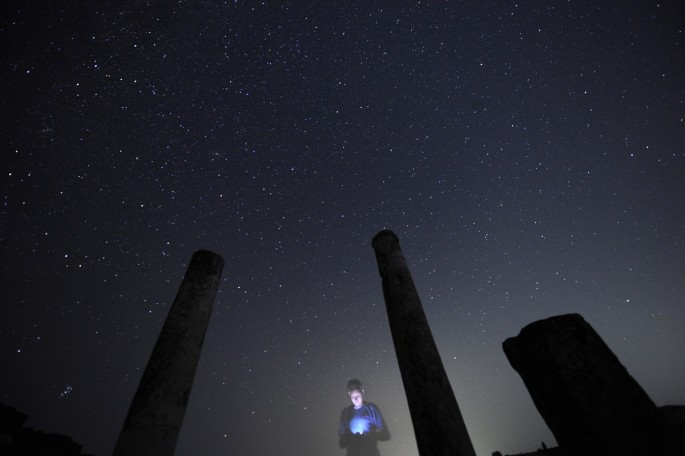The November sky features a rare Taurids meteor swarm and much-awaited Leonids meteor shower. The cosmic events are expected to put up a spectacular show for the astronomy enthusiasts. Here is a guide to major astronomical events taking place in November 2015 including New Moon, Full Moon and more.
Full Moon: According to Seasky.org, the Full Moon rises on Nov. 6, 2015. The event reaches its peak at 22:33 UTC and the perfectly illuminated moon will be visible from most of the places. The November Full Moon is also known as Full Beaver moon, Frosty Moon and Hunter's Moon.
New Moon: As for the New Moon, it will take place on Nov. 22, 2015. The event reaches its peak at 12:32 UTC. During this phenomena, the moon remains hidden in the sky. Thus, sky gazers and astronomy enthusiasts are advised to make the best of this opportunity to observe other celestial bodies.
Taurid Meteor Shower: The month of November opens with a highly anticipated Taurid Meteor Shower. The shooting star event originates from the constellation Taurus and is associated to the comet Encke. The shower runs annually in the last quarter of the year beginning in September and ending in December.
According to Science Alert, south Taurid will reach its peak on Nov. 5 and 6, while North will witness the event on Nov. 11 and 12. As noted by NASA, the year 2015 will host Taurid meteor swarm, the event that occurs once-in-ten-years. During this period, the meteor shower is more active than usual and produces frequent bright meteors sometimes referred to as fireballs.
"The annual Taurid meteor shower is going on right now, and we are seeing steady activity in our meteor cameras," said Bill Cooke of NASA Meteoroid Environment office. "Individuals should not be surprised if they see a bright meteor or fireball over the next few nights."
Leonids Meteor Shower: This annual shooting star event is one of the best astronomical phenomena for sky gazers to witness. It is said to be a prolific meteor shower that originates from the radiant point located in constellation Leo. It occurs due to the dust grains left by comet Tempel Tuttle that was first talked about in the year 1865.
According to Earthsky, Leonids peaks from midnight to dawn on Nov. 18, 2015. However, the best of Leonids can be observed on the mornings of Nov. 17 and 18, 2015. This shooting star event produces meteor storm every 33 years. But this year there will be no such storm and it is expected to produce 10-15 meteors per hour when at its peak as usual. Those who are keen to enjoy the meteor shower are advised to observe it from a dark location away from city lights. Special equipment is not required to witness the celestial event.



























